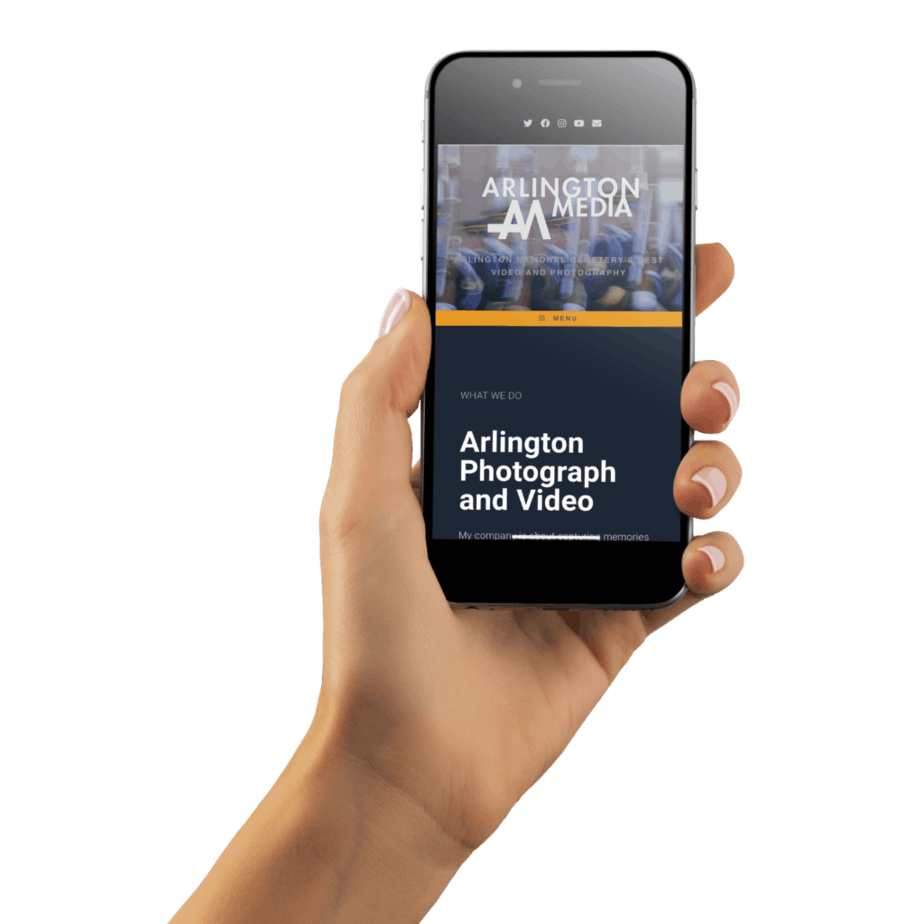McClellan Gate can be seen standing erect amidst the early morning fog at Arlington National Cemetery in Arlington, Virginia. McClellan Gate marks the original entrance to Arlington National Cemetery. Named for Civil War General George B. McClellan, the reddish-brown archway remains one of the cemetery’s most iconic landmarks, towering 30 feet above the ground. Atop the arch facing east, the name “McClellan” is inscribed in gold, above lines from Theodore O’Hara’s poem “Bivouac of the Dead” (1847): “On fame’s eternal camping ground their silent tents are spread / And glory guards with solemn round, the bivouac of the dead.” Other lines from the poem are on the west-facing arch: “Rest on embalmed and sainted dead, dear as the blood ye gave / No impious footsteps here shall tread on the herbage of your grave.” Like McClellan, O’Hara fought in the Mexican-American War (1846-1848) and wrote the poem to honor fallen soldiers from that conflict. However, “Bivouac of the Dead” became most closely associated with the Civil War, as it appeared on both Union and Confederate monuments during the 1860s.
[igp-video src="" poster="https://www.arlington.media/wp-content/uploads/2021/02/mcclellan-gate-can-be-seen-standing-erect-amidst-the-early-morning-fog-at-arlington-national-cemeter.jpg" size="large"]


